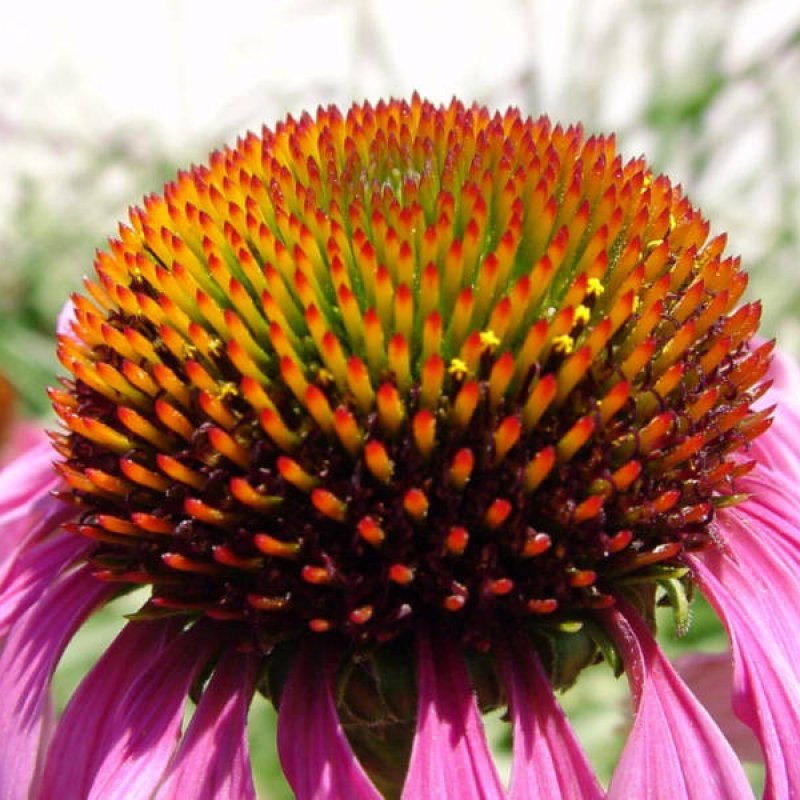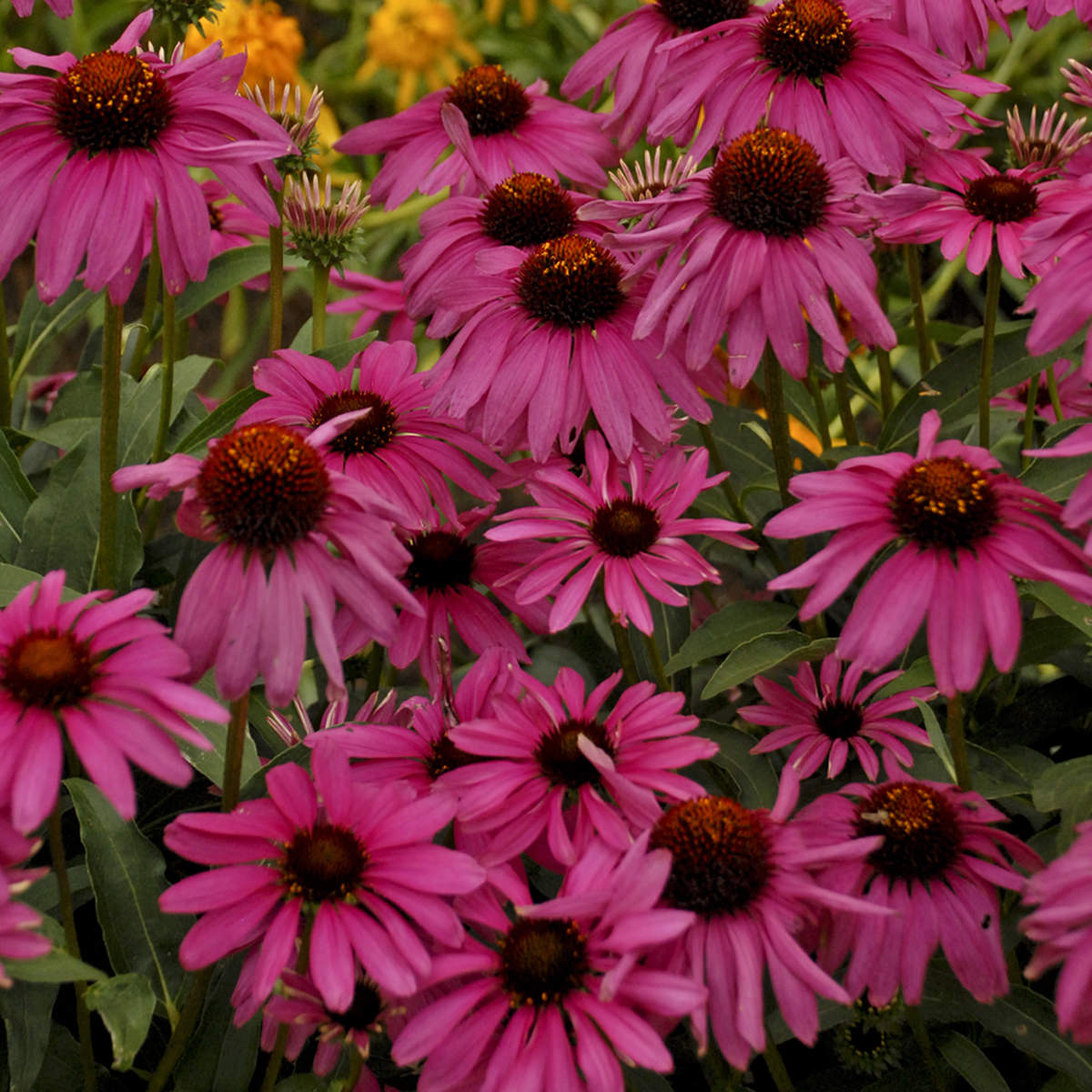
#Purple coneflower sprouts pro#
On the Pro SideĮven a supposedly continuous bloomer may benefit from deadheading. I tell you this to illustrate that plant performance varies widely and is affected not only by type, but also by conditions like exposure, moisture, nutrients, and soil quality.
#Purple coneflower sprouts full#
My neighbor’s tall purple echinacea are out in full and glorious splendor in partial shade, while my more compact red ones are basking in the sun, still in the bud stage. This year, we’ve had a cool, wet spring interspersed with some hot, dry days.
:max_bytes(150000):strip_icc()/echinacea-purple-coneflowers-1402840-07_lo_res-aaae0145bd7146ac8aa3b7d222aceb61.jpg)

paradoxa, are called continuous bloomers, they tend to be the most vigorous early in the season, before summer heats up. Here in Southeastern Pennsylvania, the first flush of echinacea arrives in late spring to early summer.Īnd while species like the purple, E. After blooming, lateral growth may produce more buds. Each stem has a terminal bud that blooms for a few weeks. The Nature of ConeflowersĬoneflowers have a basal mound of foliage from which upright stems sprout. This is not advised in cooler regions, as there may not be time for reblooming before the first frost. In addition, some folks snip off the growing tips of stems earlier in the growing season, sacrificing a potentially large bloom, to promote lateral growth for a bushier plant with more flowers.Īnd in the warmest zones, plants in a summer lull are often not just deadheaded, but cut back by up to one-half of their height, for a late season flush of growth. Energy is redirected from reproductive to vegetative growth, resulting in lateral growth, and ultimately more buds and blossoms.

Stems are cut just above a leaf node, or at the base where they originate. The process of cutting off individual spent blossoms, as well as stems containing multiple blossoms that have finished blooming, is called deadheading.


 0 kommentar(er)
0 kommentar(er)
